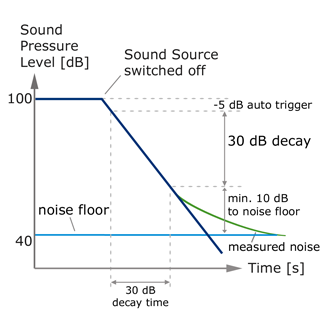Dynamic range expresses the loudest possible sound and noise floor expresses the quietest.
Music noise floor definition.
The level of the noise in db below the signal.
In signal theory the noise floor is the measure of the signal created from the sum of all the noise sources and unwanted signals within a measurement system where noise is defined as any signal.
Most cases there isn t much you can do to prevent it because pretty much anything can generate a noise floor.
The noise floor can be defined as the measure of the signal created from the sum of all the noise sources and unwanted signals within a system.
The noise floor of course affects the quality of a recording.
This happens if the noise is louder than the signal.
In signal theory the noise floor is the measure of the signal created from the sum of all the noise sources and unwanted signals within a measurement system where noise is defined as any signal other than the one being monitored.
Residual noise forms the noise floor when designing a radio receiver for any radio communications system it is necessary to ensure that the performance of the radio receiver matches the performance.
If the noise floor for example is high then you would find it difficult to detect the signal you want to monitor.
When it comes to noise floor keep always this in mind the lower your noise floor the better.
Select from a letter above to find a music term in the artopium index or enter your music word into the search box provided by google search.
So during the recording the noise floor should be decreased to the bare minimum.
If you want to hear the lsb on a recording the volume or voltage of that bit has to be above the noise floor of both the room and the equipment in your system.
But don t worry that s a common issue even for music professionals that have a home recording studio all carefully set up.

